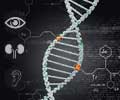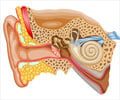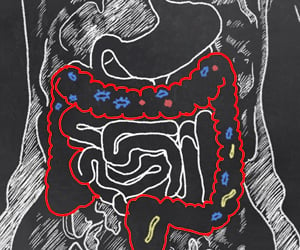Traditional clinical hearing tests often fail to detect patients with a common form of inner ear damage that might otherwise be detected by more challenging behavioural tests.

‘You can have tremendous damage to inner hair cells in the ear that transmit information to the brain and still have a normal audiogram.’





This type of "hidden hearing loss" presents itself as essentially normal hearing in the clinic, where audiograms -- the gold-standard for measuring hearing thresholds -- are typically conducted in a quiet room. The reason some forms of hearing loss may go unrecognised in the clinic is that hearing involves a complex partnership between the ear and the brain.
It turns out that the central auditory system can compensate for significant damage to the inner ear by turning up its volume control, partially overcoming the deficiency, said the study's lead author Richard Salvi, Director, Centre for Hearing and Deafness at University at Buffalo, New York.
"You can have tremendous damage to inner hair cells in the ear that transmit information to the brain and still have a normal audiogram," he said.
"But people with this type of damage have difficulty hearing in certain situations, like hearing speech in a noisy room. Their thresholds appear normal. So they're sent home," Salvi said.
Advertisement
Source-IANS















